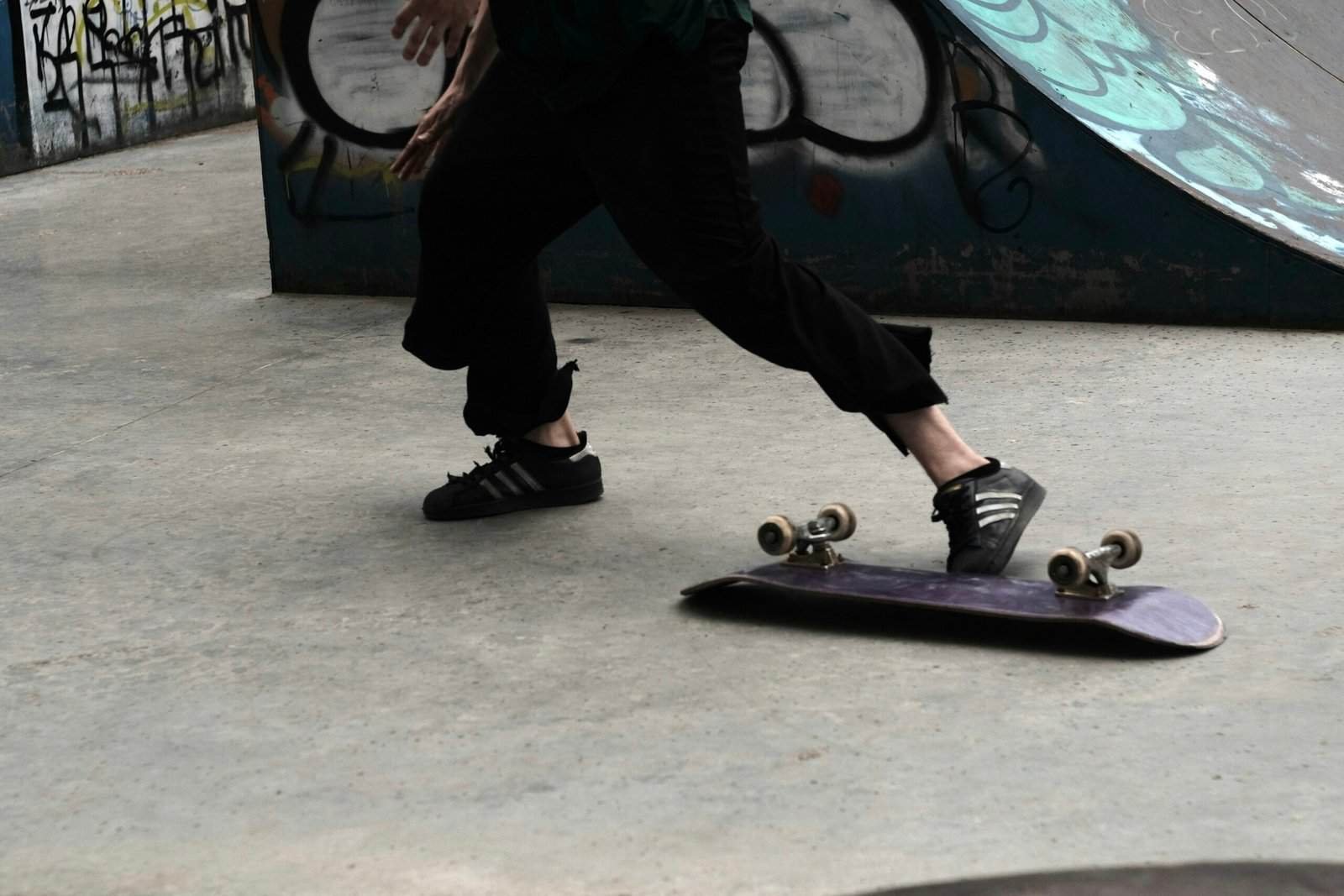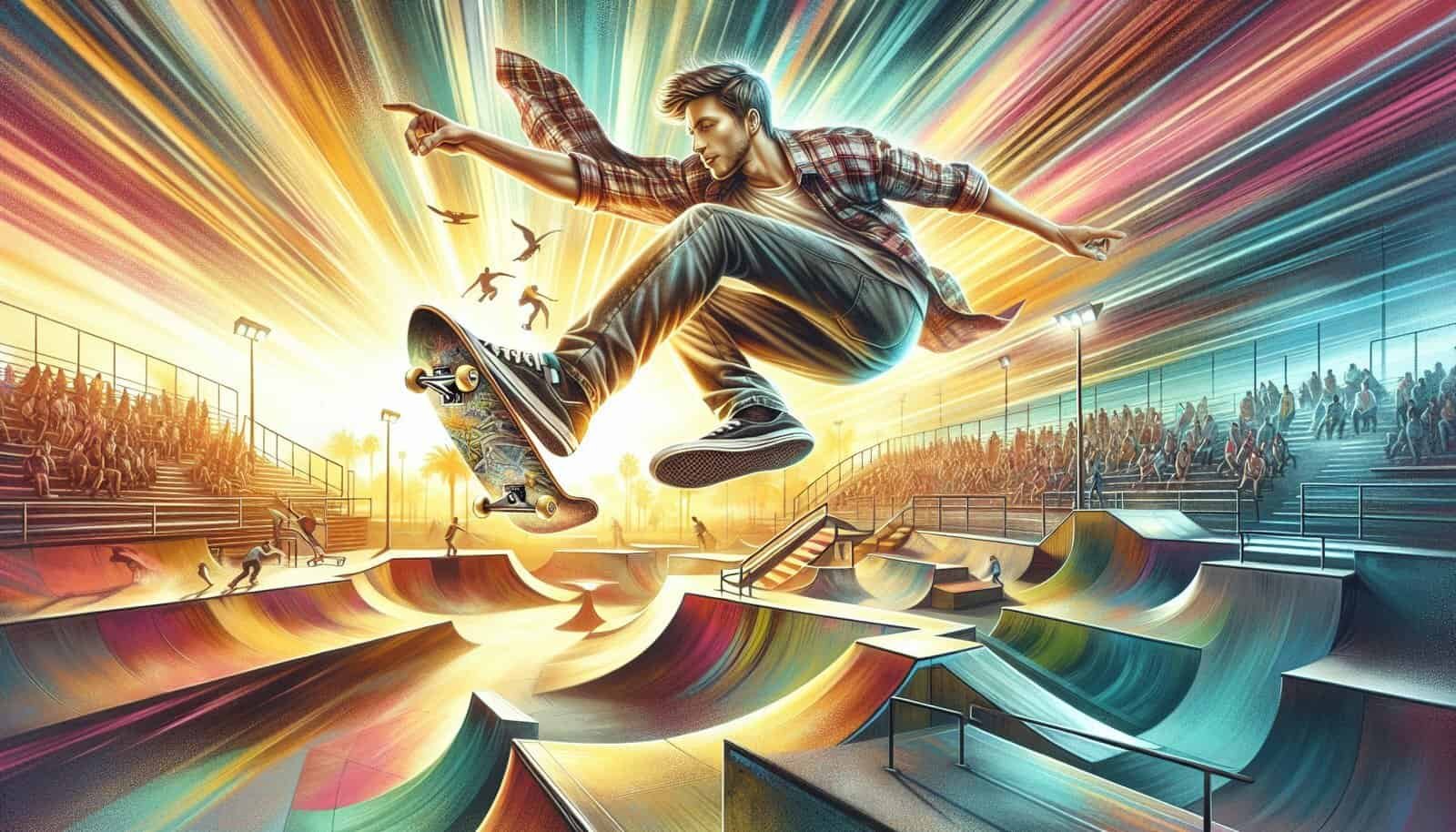Have you ever found yourself standing at the edge of a mini ramp or a pool, board in hand, wondering what tricks you could master to elevate your transition skateboarding skills? Transition skateboarding is an art. It’s where creativity meets athleticism on smooth, curved surfaces like ramps, bowls, or half-pipes. The adrenaline rush and the satisfaction of landing a trick seamlessly are unmatched. Whether you’re just beginning your skateboarding journey or are looking to expand your trick arsenal, understanding the best tricks for transition skateboarding can open up a whole new dimension of fun and challenge for you.
Understanding Transition Skateboarding
Before diving into the best tricks, it’s essential to understand what makes transition skateboarding unique. Unlike street skating, which focuses on flat surfaces, curbs, and stairs, transition skateboarding revolves around ramps and bowls. This style is characterized by its fluid, continuous movement that mimics surfing’s wave-riding feel.
The Basics of Transition
Transition skating is about using curved ramps to gain momentum and execute tricks. The curved surfaces allow you to generate speed quickly, leading to air time, which is a defining element of most transition tricks. Familiarize yourself with the different kinds of ramps and skateparks—knowing the terrain is half the battle.
Gear Up: What’s Essential for Transition?
Having the right gear can significantly impact your performance. Transition skateboarding requires a few specific equipment choices beyond the basic skateboard setup you might use for street skateboarding. Here’s what you need:
- Helmet: Protect your head from potential falls.
- Knee and Elbow Pads: Falls are inevitable, and these can protect your joints.
- Proper Skate Shoes: Good grip and support are essential for control.
- Skateboard Setup: A wider deck and large, soft wheels work best for transition because they provide more stability and grip.

Best Tricks for Transition Skateboarding
Let’s look at some of the best tricks you can add to your repertoire. These tricks range from beginner-friendly maneuvers to more advanced stunts, allowing you to progress at your own pace.
Beginner Transition Tricks
Dropping In
One of the first hurdles to overcome is dropping in. This essential skill involves standing at the top of the ramp, leaning forward, and rolling down. It’s crucial to commit fully—hesitation can lead to falls.
- How to do it: Place your back foot on the tail of your skateboard and your front foot near the front bolts. Lean forward, press down, and ride down the transition smoothly.
Kick Turn
Learn to change directions quickly with a kick turn. It’s the bread and butter of any transition skater.
- How to do it: As you approach the top of the ramp, shift your weight onto the back foot, lifting the front trucks slightly, and pivot in the desired direction.
Intermediate Transition Tricks
Rock to Fakie
Imagine smoothly riding up the ramp, having your front trucks go over the lip, and then riding back down. That’s a rock to fakie, a staple trick for transition skating.
- How to do it: Ride up the ramp until only your back wheels are touching the coping. Allow your front wheels to cross over, balance for a moment, then lean back into the ramp to ride back down.
50-50 Grind
For those looking to catch a bit more air, the 50-50 grind is an excellent trick that involves grinding on the coping with both trucks.
- How to do it: Approach the ramp at a slight angle. As you reach the coping, both your trucks should lock onto it, grinding parallel before riding back into the transition.
Advanced Transition Tricks
Invert
This classic trick is a spectacle to behold and requires strong upper body strength as well as confidence.
- How to do it: Ride up the transition, plant your hand on the coping, and use your arm to support your weight as your board and legs extend above you. Once balanced, pull back into the ramp.
Frontside Air
Catching air is a hallmark of advanced transition tricks, and the frontside air is a foundational aerial trick that sets up more complex maneuvers.
- How to do it: Approach the ramp with speed, bend your knees as you reach the coping, and use your momentum to carry yourself into the air while keeping your board under your feet. Spot your landing and re-enter the ramp smoothly.

Tips for Mastering Transition Tricks
Improving your transition skills is as much about mindset and preparation as it is about technical execution. Here are a few tips to keep in mind:
- Commitment is Key: Hesitation can lead to falls. Trust your body and commit to the trick fully.
- Practice Regularly: The more you practice, the more comfortable you’ll become. Set small, achievable goals in each session.
- Watch and Learn: Observe other skaters, both in real life and online. There’s a lot to learn from their style and technique.
- Trust the Process: It’s okay to fall—what matters is getting back up and trying again.

Common Challenges and Solutions
Transition skateboarding isn’t without its challenges, but knowing potential pitfalls can help you overcome them.
| Challenge | Solution |
|---|---|
| Fear of Falling | Use protective gear. Start on smaller ramps to build confidence and practice falling safely to minimize injury. |
| Balancing Tricks | Develop core strength and balance through exercises and off-board training. |
| Generating Enough Speed | Focus on proper pumping techniques on the transition to maintain momentum without pushing. |
| Trick Consistency | Break down each trick into stages and practice each part separately before combining everything. |

Transition Skateboarding Culture
Transition skateboarding has deep roots in skate culture and is closely associated with the origins of skateboarding itself. Skateparks were inspired by Southern California’s surf scene, and the feeling of riding a wave was brought to the concrete with empty pools and homemade ramps. Appreciating the history of transition skateboarding can give you a deeper sense of connection and appreciation for what you’re learning.
Community and Events
Skateboarding is as much about community as it is about the sport itself. Participating in local skate events or joining a skateboarding community can provide you with support, motivation, and new friendships.
- Local Skateparks: These are great places to meet fellow skaters and learn new tricks.
- Skateboarding Competitions: Attend or participate in competitions to experience the true spirit of skateboarding and observe high-level tricks.

Conclusion
Transition skateboarding is an exhilarating practice that offers endless possibilities for self-expression and personal challenge. From those early-dominating turnarounds to grabbing some serious air on advanced tricks, there’s something inherently rewarding about mastering new skills and pushing your boundaries.
Successful transition skateboarding requires commitment, patience, and a willingness to take risks. Yet, it’s precisely these elements that make the journey enjoyable and fulfilling. So, grab your board, head to your local skatepark, and start writing your own skateboarding story. You’ve got the basics—now go see where your creativity and ambition can take you.
Remember, every skater progresses at their own pace. So, take your time, enjoy the ride, and most importantly, have fun!
